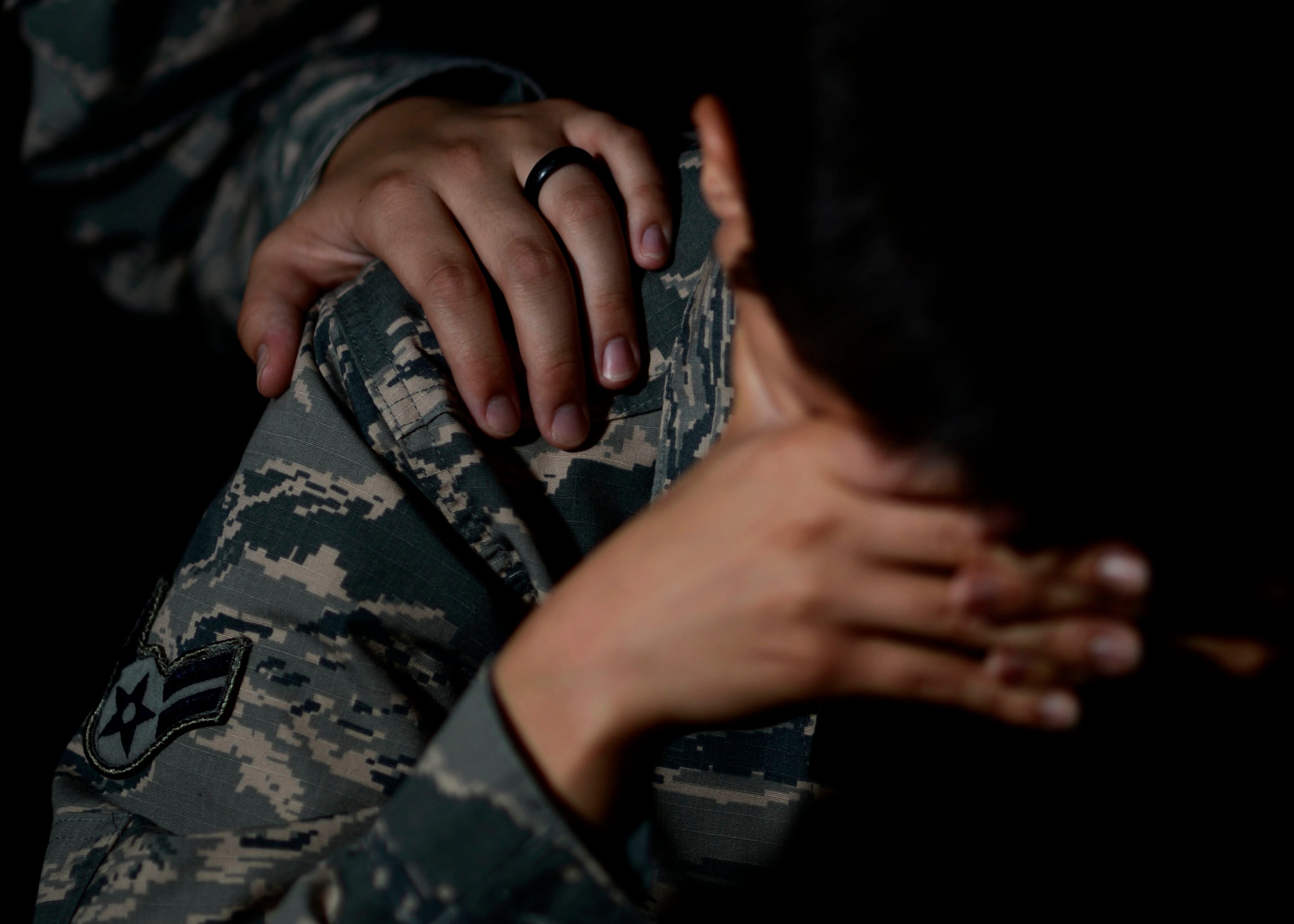As demand for mental health services and suicide prevention programs increases within Veterans Affairs offices, staffers there may be at risk of exhaustion and burnout if changes aren’t made to better track and manage those employees, an outside watchdog warned Monday.
In a new report, the Government Accountability Office said that department leaders have not done a thorough enough review of VA suicide prevention teams’ staffing, workloads and challenges. Without that, they cautioned, leaders do not have enough visibility over operations to ensure new prevention programs are being implemented properly.
“One team said they have experienced burnout and turnover in the team due to the ‘constant deluge’ of new initiatives, combined with their large caseload of high-risk veterans,” the report stated.
“Members of another team told us their team has a caseload of about 150-200 veterans identified as being high risk for suicide … However, the Veterans Health Administration has not conducted a comprehensive evaluation of local suicide prevention teams, including an assessment of any challenges teams face in implementing VHA policies and the effects of program growth on workload.”
RELATED

VA officials have made suicide prevention among veterans one of their top clinical priorities in recent years.
About 17 veterans a day die by suicide, according to the latest data released by the department. That number has remained largely unchanged in recent years despite increased attention and funding from lawmakers on the issue.
In response to the report, VA leaders said they are already putting in place plans to better monitor the suicide prevention teams.
“VA is taking steps to ensure staffing data resources are regularly updated at each medical center and monitored monthly at the Veterans Integrated Service Network and program office level,” VA Secretary Denis McDonough said in a statement.
Current rules mandate that every VA medical center and larger community-based outpatient clinics have at least one full-time suicide prevention coordinator on staff to ensure mental health needs are being met locally.
But the department does not have set requirements for the number of case workers assigned to those offices, leaving those decisions instead to local officials. Staffers interviewed by the GAO reported seeing their workloads increase dramatically in recent years, as prevention efforts and mental health referrals have risen.
“Without an accurate understanding of facilities’ needs for suicide prevention staff, VA cannot ensure that all of its facilities are prepared to care for veterans at risk for suicide,” the report states.
VA leaders said improvements will be put in place over the next two years. The department is currently working to implement portions of the Commander John Scott Hannon Veterans Mental Health Care Improvement Act — sweeping suicide prevention legislation approved by Congress last fall — which is expected to include several of the new ideas for improvements.
The full report is available on the GAO web site.
Leo covers Congress, Veterans Affairs and the White House for Military Times. He has covered Washington, D.C. since 2004, focusing on military personnel and veterans policies. His work has earned numerous honors, including a 2009 Polk award, a 2010 National Headliner Award, the IAVA Leadership in Journalism award and the VFW News Media award.




